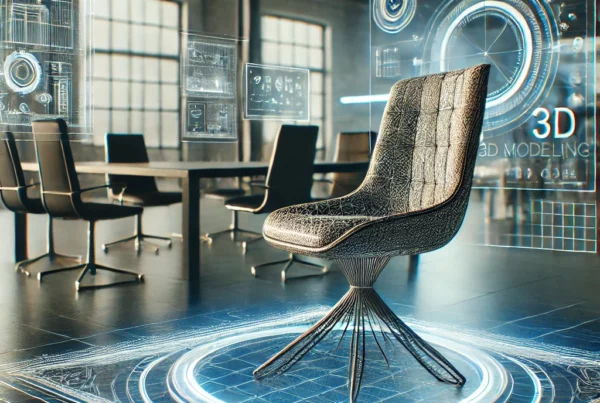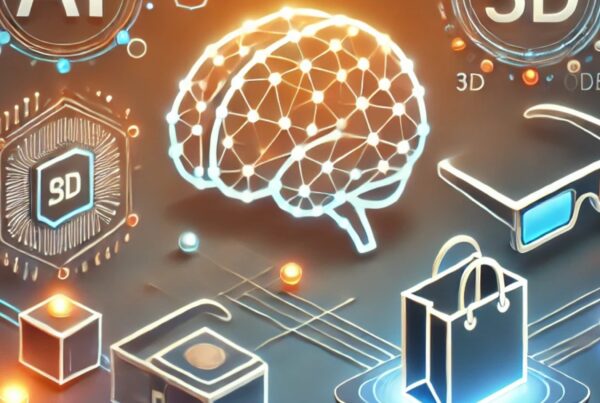Augmented reality and 3D models as an innovative experience. In this article, we look at the development of this technology and how it can already be used today.
What is WebAR?
WebAR is the display of 3D objects in a web browser, such as Chrome Firefox or Safari, and enables smartphone users to experience augmented reality in the simplest possible way. The special feature is that many users are now reluctant to install new applications on their smartphones. With WebAR, this hurdle is overcome by displaying the 3D model directly on a website or integrated into a web shop or accessed via a QR code. At present, WebAR offers somewhat limited functionality compared to an AR app. But it contains the essential elements to transform the customer experience or make a website more interactive. The main functions are divided into two groups, target tracking – where the 3D model is placed on a target object – and surface tracking – where an object is placed in 3D space.
Influence and added value
Conventional augmented reality applications are already widely used and have created added value for users in many areas. The ease of use offers WebAR a great opportunity to become as popular as applications or even replace them and thus increase the number of customers. Mit Mazing WebAR Analytics können wir auch einige wichtige Kennzahlen nachverfolgen: wie viele Personen den QR-Code benutzt haben, wie lange das Modell betrachtet wurde oder zum Beispiel, welches Modell tatsächlich zur Kaufentscheidung geführt hat.
The pioneer Google offers AR for search queries on the web. Bei der Suche nach zum Beispiel einem Hai kann eine animierte Version des Tieres als 3D Modell bestaunt oder in realer Umgebung platziert werden. Nike is working on virtually trying on deceptively real 3D models of a pair of shoes to support the purchase decision. Ikea offers customers to place pieces of furniture at home with original dimensions and Samsonite even offers a 3D application with a configurator.
E-commerce and advertising. The WebAR solution from Mazing takes e-commerce and mobile shopping to a new level. From a marketing perspective, WebAR offers a new platform for innovative advertising campaigns. From the customer’s point of view, better purchasing decisions can be made if they can view a product, Starboy Cosmetics, Phamm Engineering, Impresa Motta, from all angles and even try it out for themselves.
Education. Using WebAR in the educational process can be a great way to engage students in the classroom and make the entire educational process more interactive and exciting for softwall cleanroom , Hdpe Electrofusion Fittings or Rendering interni. To illustrate the human anatomy, for example, true-to-life 3D models are created to make the functioning of the body “tangible”. Mazing has already realised several projects in this direction and has received very positive feedback from pupils.
Entertainment. Sony Pictures, for example, developed a WebAR application with voice interactions and an exciting 3D adventure to promote the film Jumanji.
Business. One of the applications of WebAR in the business, for example Property Delux, environment is AR business cards. When you scan a QR code, an interactive map appears on the screen of your smartphone. This turns a seemingly minimalist map into an experience with 3D models and videos. The future of WebAR
With Mazing WebAR Analytics, we can also track some important key figures: how many people used the QR code, how long the model was viewed or, for example, which model actually led to the purchase decision.
The future of WebAR
WebAR will soon become mainstream and replace apps. The best thing about WebAR is that it’s an extremely easy way to augment reality with valuable information and make purchasing decisions easier. At the same time, big players have recognised the potential for augmented reality in their platforms; Facebook, Instagram and Snapchat have adapted AR. Find out more in our Instagram filter blog





